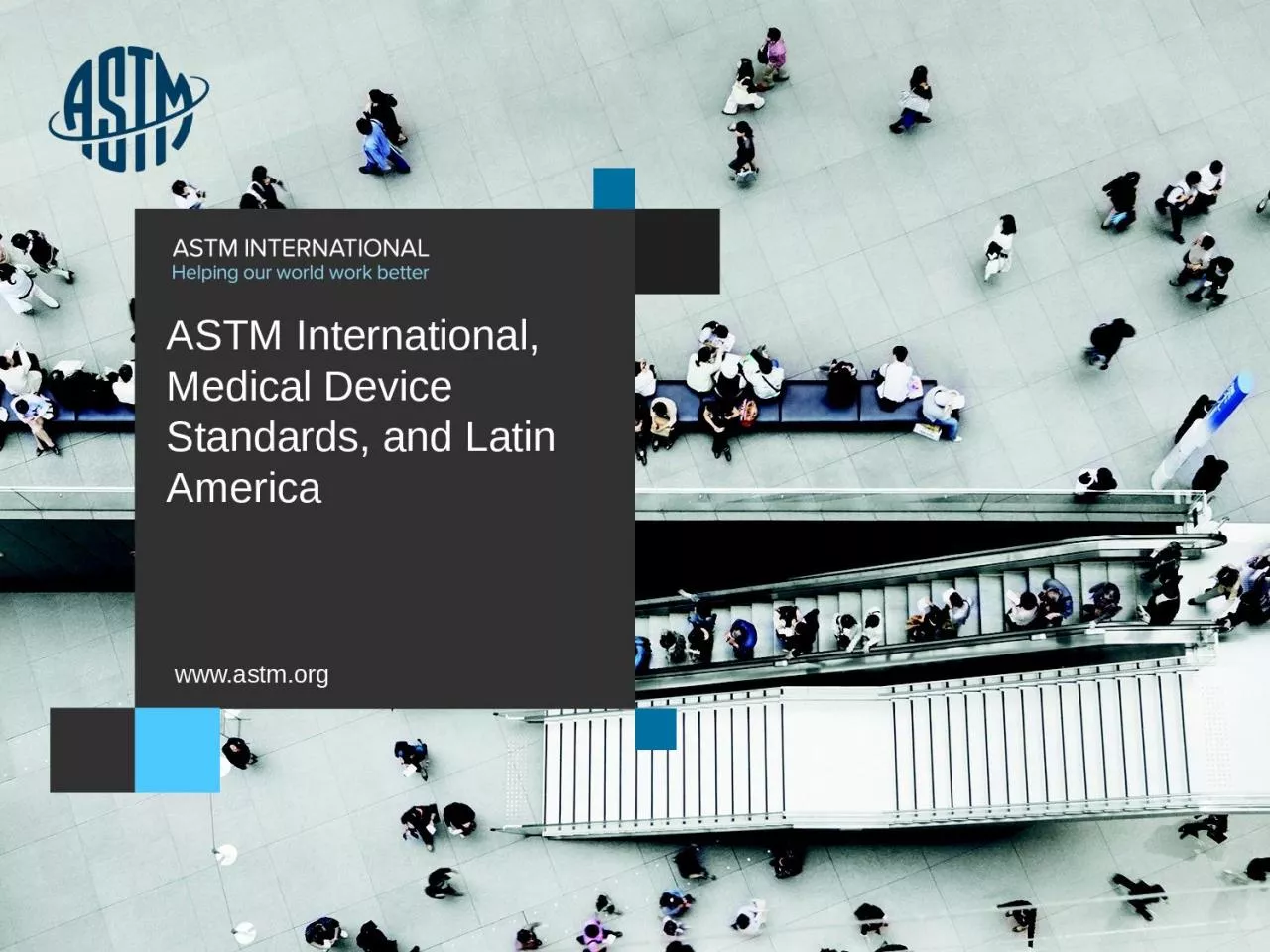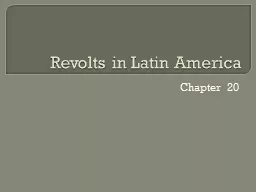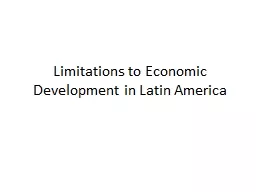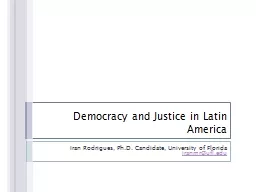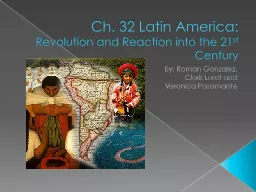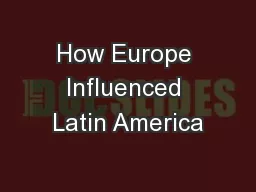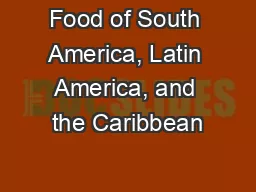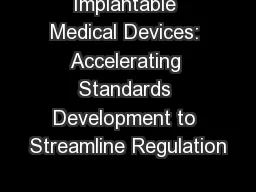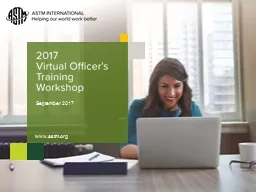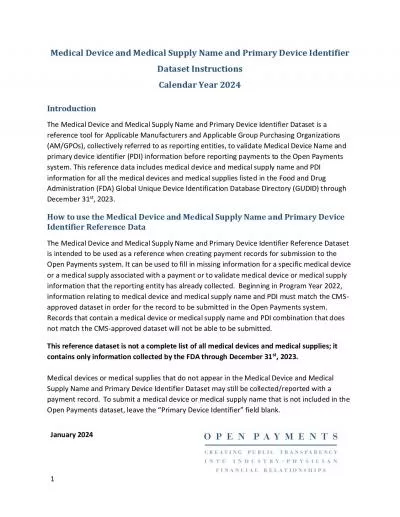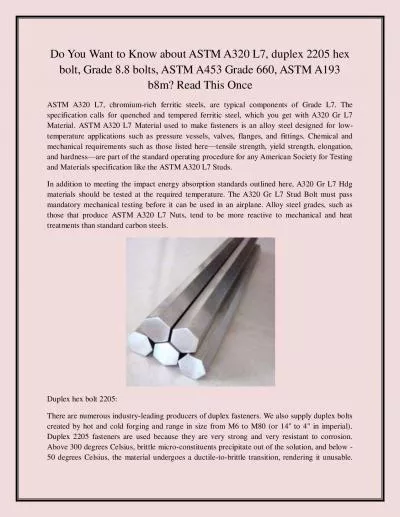PPT-ASTM International, Medical Device Standards, and Latin America
Author : elena | Published Date : 2024-02-03
wwwastmorg Over a Century of Openness Worldwide acceptance and trust comes from the principle of openness Experts individuals organizations academia governments
Presentation Embed Code
Download Presentation
Download Presentation The PPT/PDF document "ASTM International, Medical Device Stand..." is the property of its rightful owner. Permission is granted to download and print the materials on this website for personal, non-commercial use only, and to display it on your personal computer provided you do not modify the materials and that you retain all copyright notices contained in the materials. By downloading content from our website, you accept the terms of this agreement.
ASTM International, Medical Device Standards, and Latin America: Transcript
Download Rules Of Document
"ASTM International, Medical Device Standards, and Latin America"The content belongs to its owner. You may download and print it for personal use, without modification, and keep all copyright notices. By downloading, you agree to these terms.
Related Documents

